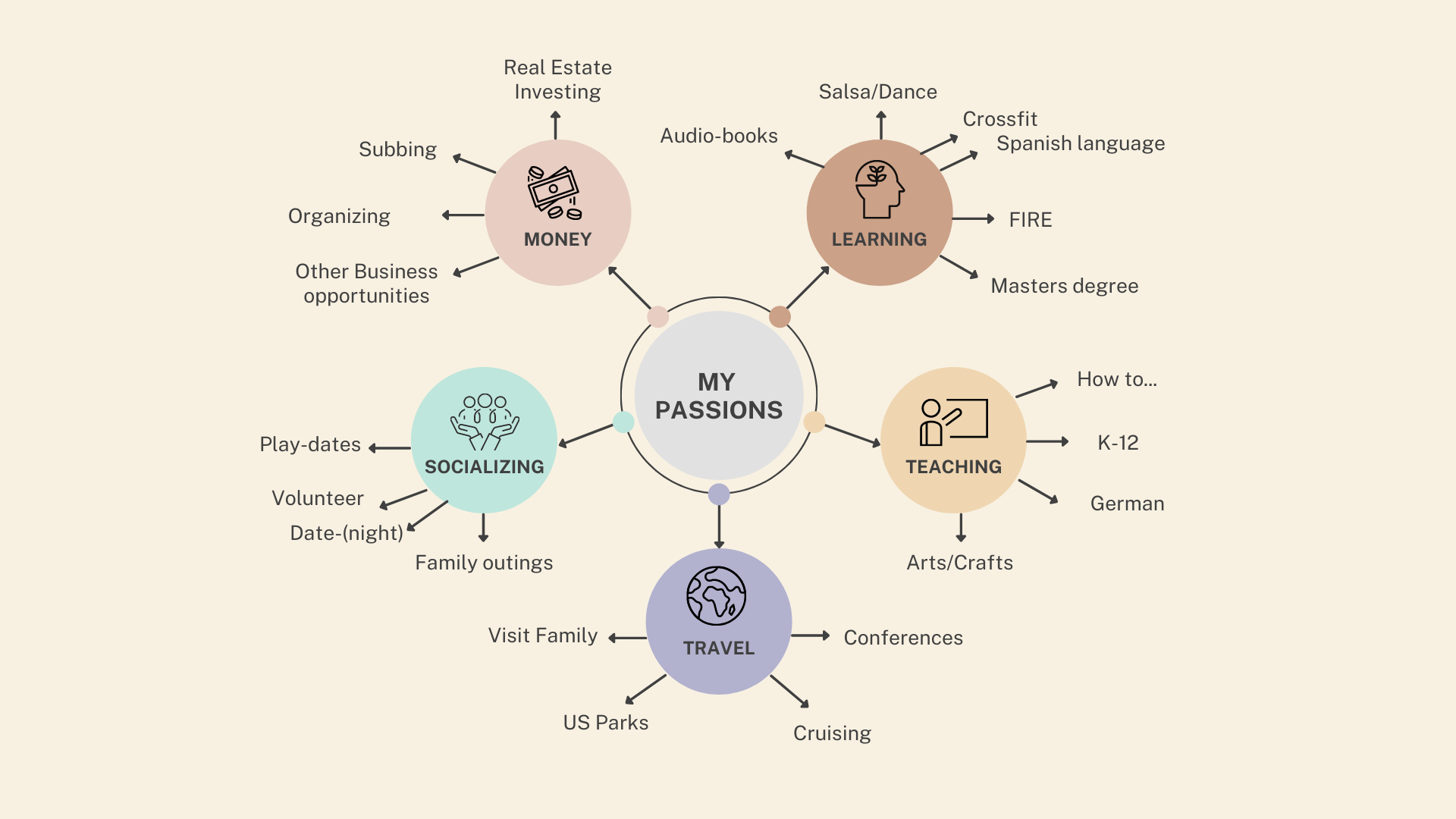The Art of Maximizing Kitchen Storage: A Professional Organizer’s Guide
/In the heart of every home lies the kitchen, a hub of daily activity and culinary creativity. However, it's also a place where clutter can quickly accumulate, making cooking and meal prep more of a chore than a joy. As a professional organizer, I’ve seen how a well-organized kitchen can transform daily routines and enhance the joyment of your home. Let’s explore some effective strategies to maximize kitchen storage and create a more functional and welcoming space.
1. Embrace Clear Containers: One of the simplest yet most impactful changes you can make is to transfer pantry items like grains, pasta, and baking ingredients into clear containers. Not only do these containers make it easy to see what you have (and when you’re running low), but they also provide an aesthetically pleasing, uniform look to your shelves. This approach eliminates bulky packaging and makes use of vertical space, allowing you to store more in the same area.
2. Invest in Adjustable Shelving: Fixed shelves often leave unused space, especially with varying sizes of kitchen items. Installing adjustable shelving solves this problem by allowing you to customize the height of each shelf according to your needs. This flexibility is perfect for accommodating everything from tall appliances to short spice jars, ensuring that no inch of space goes to waste.
3. Categorize and Label: Organization is not just about where things go, but also about how easily you can find them. Categorizing your kitchen items and labeling shelves and containers is a game-changer. This system helps everyone in the household know exactly where to find and return items, reducing clutter and saving time during meal preparation.
4. Utilize Vertical Space: Don’t overlook the potential of vertical space. Wall-mounted racks for utensils, pots, and pans or hanging baskets for fruits and vegetables can free up valuable cabinet and counter space. Just remember to store likewise items together so everyone knows where to find them.
5. Drawer Dividers and Organizers: Drawers often become a catch-all for miscellaneous kitchen gadgets and utensils. By using drawer dividers and organizers, you can designate a specific place for every item, making your drawers as efficient and easy to navigate as your shelves.
Maximizing kitchen storage is more than just a way to keep things tidy; it’s about creating a space that supports and enhances your daily life. With these strategies, you can transform your kitchen into an area that’s not only functional but also a pleasure to use. Remember, the key to effective organization is to tailor solutions to fit your unique space and lifestyle. As you implement these tips, you’ll find that an organized kitchen is the ingredient you need for a more harmonious home.
Copyright © 2023 by Tidy Closet, Professional Organizer and Virtual Assistant in San Diego and surrounding areas.








